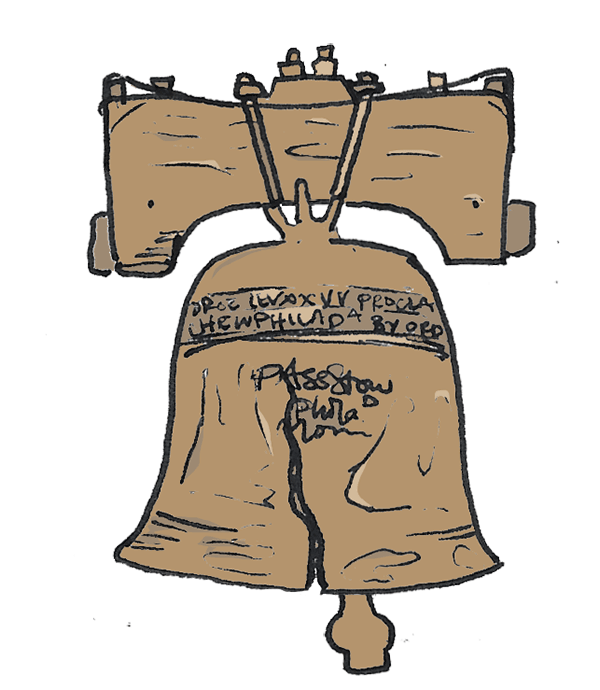Citizen Brief: Centers for Disease Control and prevention (CDC)
CDC Division of Unintentional Injury Prevention, National Center for Injury Prevention and Control
As a leading authority, CDC’s Injury Center protects Americans by:
-
Tracking data and trends on fatal and nonfatal injuries
-
Researching what works to prevent injuries and violence and putting it into practice
-
Funding programs and activities to prevent overdose, suicide, adverse childhood experiences (ACEs), and more
-
Working with partners to raise awareness
-
Providing Americans information to protect themselves, their families and communities
In 1992, Congress changed the name of CDC from the Centers for Disease Control to the Centers for Disease Control and Prevention (1) to reflect the widening of CDC's mission, which increasingly had come to include the actual prevention of disease as well as its control.
Federal advisory committees are a key component of CDC’s overall strategy to achieve stakeholder and public engagement in its efforts and commitment to improve people’s health.
Limited national authority. Archaic data systems. A broken budget process. A distrustful public. COVID-19 revealed that the Centers for Disease Control and Prevention, the gold standard for global public health agencies, is in crisis. The CDC must be strengthened before the next crisis hits—but what will it take? Former CDC directors will gather to examine what has gone wrong and what needs to be done to rebuild the CDC’s capacity and restore its credibility.


NATIONAL CENTER FOR INJURY PREVENTION AND CONTROL (CUH) Mission and Function
(1) Provides leadership in developing and executing a national program for nonoccupational injury prevention and control with Federal, State and local agencies, voluntary and private sector organizations;
(2) proposes goals and objectives for national injury prevention and control programs, monitors progress toward these goals and objectives, and recommends priority prevention and control activities and develops guidelines for these activities; facilitates similar activities by other Federal, state, and local agencies, academic institutions, and private and other public organizations;
(3) plans, directs, conducts, and supports research focused on development and evaluation of strategies to prevent and control injuries, including research in biomechanics, epidemiology and prevention, and the treatment and rehabilitation of the injured;
(4) plans, establishes, and evaluates surveillance systems to monitor national trends in morbidity, mortality, disabilities, and costs of injuries and facilitates the development of surveillance systems by State and local agencies;
(5) develops, implements, directs, and evaluates demonstration programs to prevent and control injuries;
(6) serves as the primary Federal health resource for technical assistance and management expertise in the epidemiology, statistics, prevention, and control of nonoccupational injuries;
(7) assists in increasing the capacity of States and localities to prevent and control injuries by providing financial assistance and technical and management consultation and assistance in assessing the problem of injuries, conducting surveillance, planning injury prevention and control programs, and evaluating injury prevention and control activities;
(8) serves as the principal focus for training programs to increase the number and competence of personnel engaged in injury prevention and control research or practice;
(9) supports the dissemination of research findings and the transfer of injury prevention and control technologies to Federal, State, and local agencies, private organizations, and other national and international groups;
(10) in carrying out the above functions, collaborates with other CDC Centers/Institute/Offices, PHS agencies, and National Highway Traffic Safety Administration, Consumer Product Safety Commission and other Federal Departments and Agencies, and private organizations, as appropriate.
